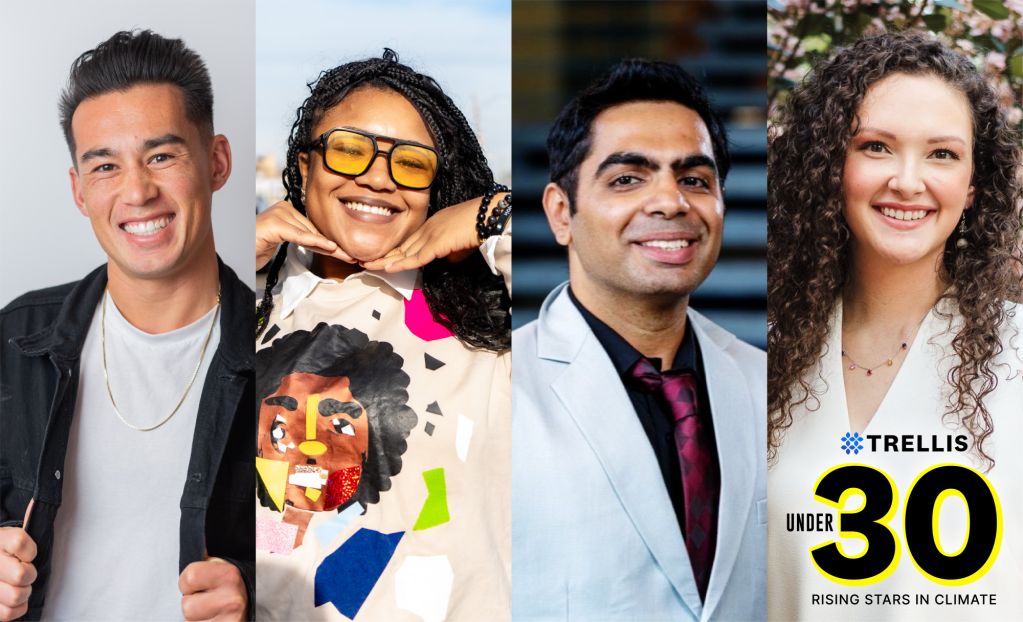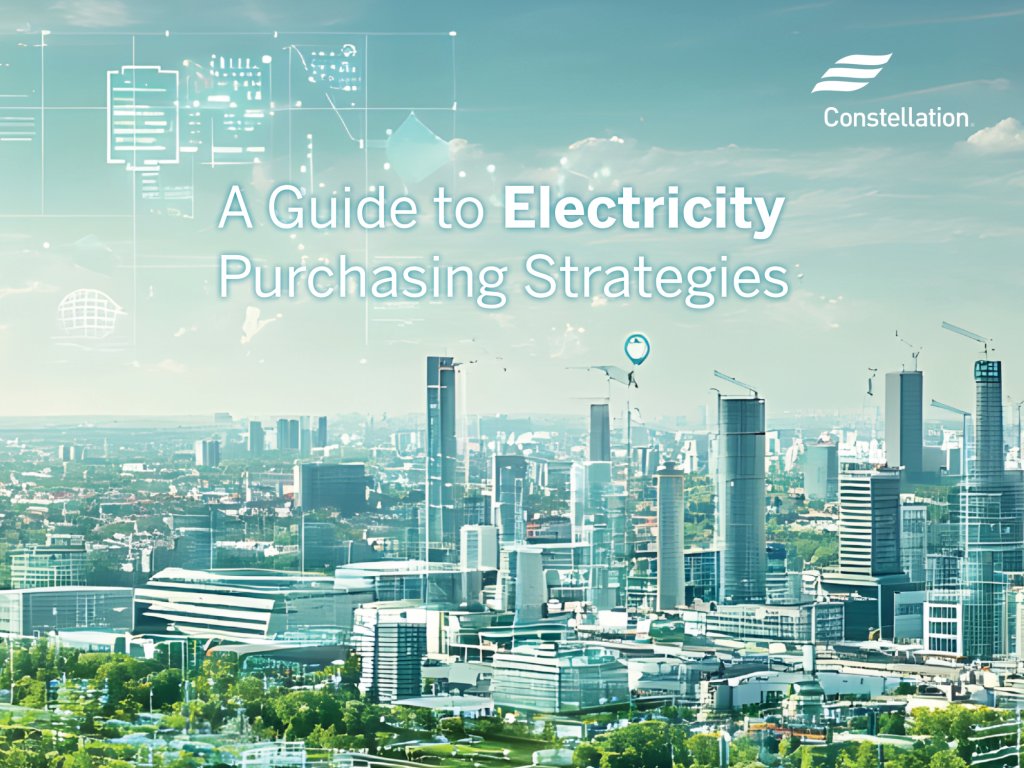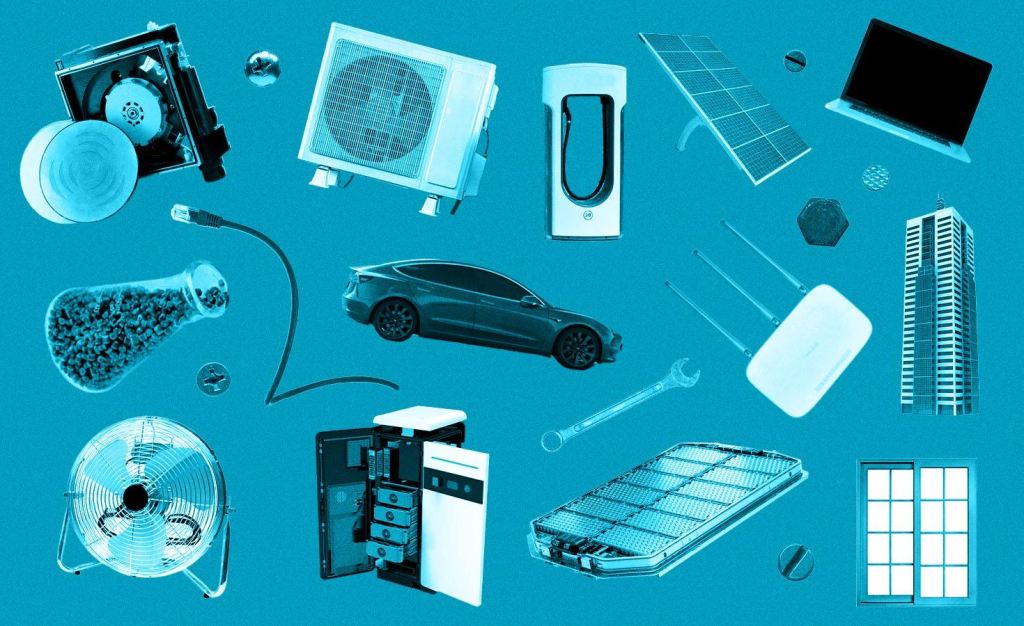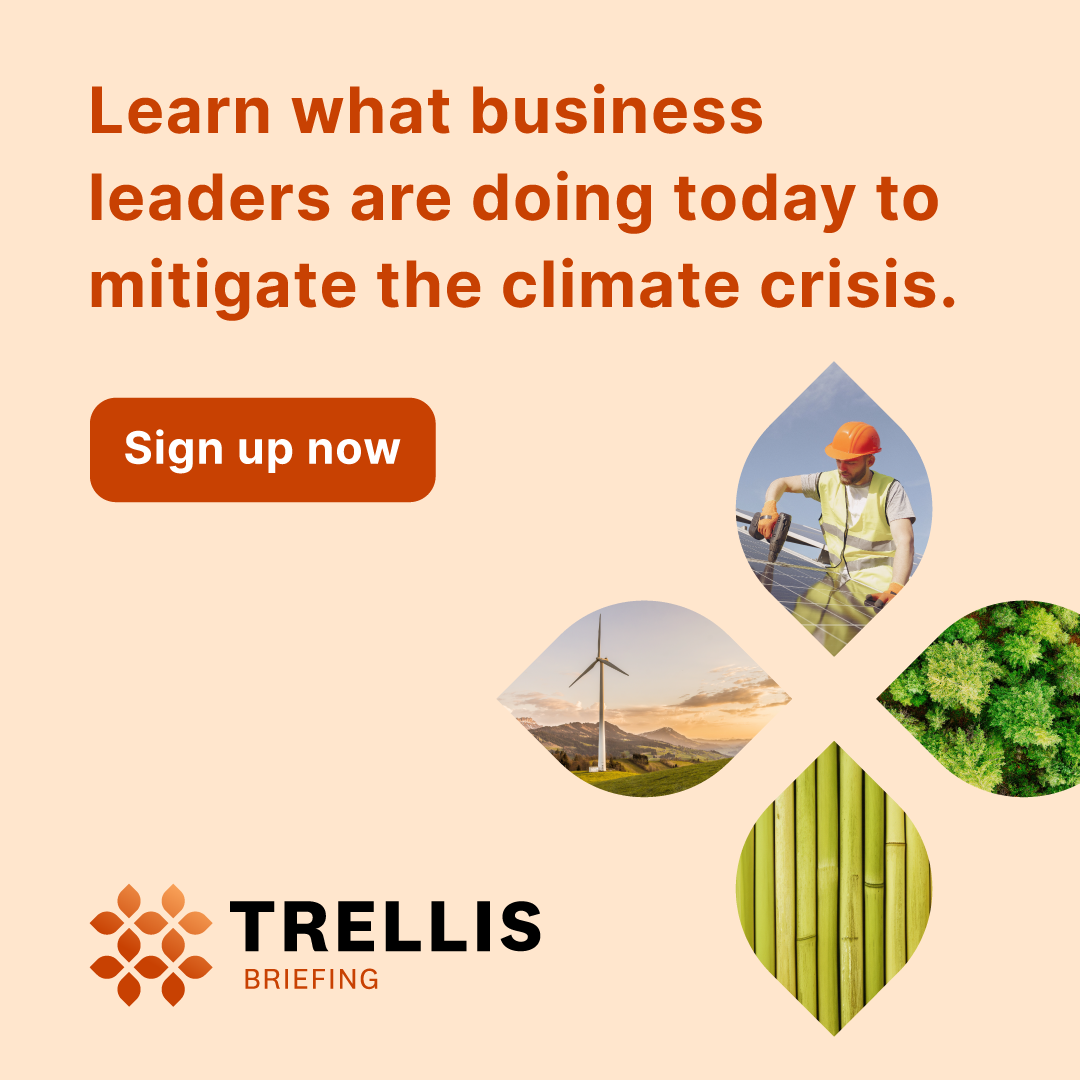Marketers: The key to unlocking circular economy competitive advantage
How to tap into the potential of consumers wanting to reuse, repair and refurbish. Read More

For years, consumers have been clamoring for a more circular economy, keen to find ways to avoid waste and pollution by reusing materials and products.
This plays out across different aspects of consumer behaviour. Dodging single-use plastic has become increasingly important to shoppers over the past five years; 37 percent of Americans now say they avoid single-use plastic all or most of the time according to Globescan’s Healthy & Sustainable Living study — a significant leap from 26 percent in 2019. The same study found that just over one-third of U.S. consumers buy second-hand, up from a quarter pre-pandemic. And 60 percent are keen on repairing broken items rather than rushing to buy replacements.
The challenge lies in delivering the same level of functionality, convenience and price points as products created using standard waste and pollution-generating processes. But evidence is starting to indicate that this offer is possible, especially when marketing teams work in collaboration with their colleagues in procurement and production to create a positioning strategy that attracts buyers.
Consider, for example, refurbished tech specialist Back Market. Over the past year, millions of people across the world decided against buying yet another brand new phone complete with scarce critical metals, and instead bought a refurbished Back Market device. The product quality compares well to brand new alternatives but the price point is lower. This is a customer proposition that’s clearly working; the brand is now worth $5.7 billion.
Brands such as Back Market are built entirely around circular business models, keeping products or materials circulating within the economy at their highest value. In a circular business model the emphasis is on providing and preserving value, rather than just selling products. This can sometimes mean companies retain ownership (and responsibility for materials) of products, renting time-limited access to consumers.
But a circular strategy doesn’t always have to involve the consumer directly. Drinks firm Diageo is on its way to cutting carbon emissions by distributing its spirits to bars in large reusable kegs, which are then poured into bottles for use on site. In this way, the company significantly reduces both its use of glass bottles and the energy taken to transport them.
Furniture retailer Ikea is another company that champions the circular economy. It’s seen a large rise in popularity of its in-store furniture buyback scheme over the past year and is testing a “Preloved” online platform that would give consumers the chance to resell any used furniture. Users of both services earn cash and Ikea vouchers in return for their items.
This illustrates the brand loyalty value of a circular economy. Rather than a one-off transaction, a circular approach often involves a much longer brand-consumer relationship, rich with potential for marketers. As marketer Nicole Rigas observes, “In a linear economy, the marketer’s main goal is to get the product sold and there’s a world of opportunity after the point of sale that is often ignored.”
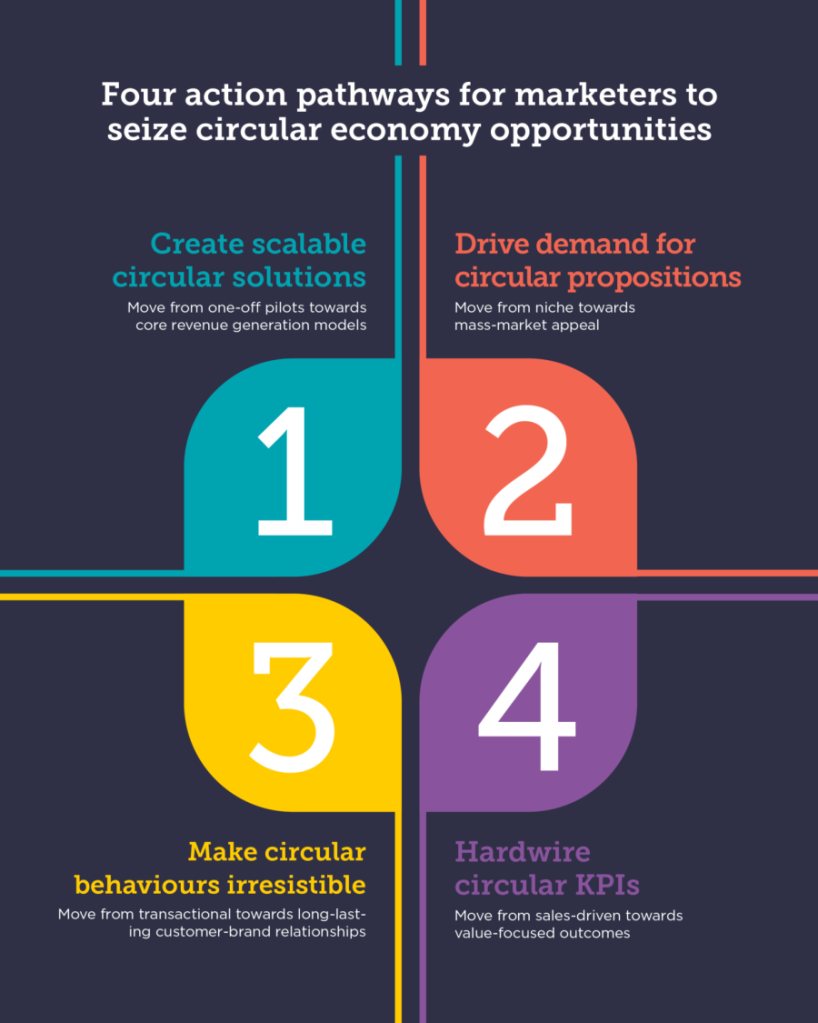
To help companies unlock this potential, we teamed up with research firm Kantar to publish a playbook to help marketers respond to consumers’ desires to embrace reuse, repair and refurbishment. It’s packed with more details on how companies including Ikea, eBay and Apple integrate circularity into their marketing strategies in order to strengthen customer loyalty and boost revenues.
Four pathways to better circularity
Sourced from insights from over 50 marketing professionals at the forefront of the circular economy transition, the playbook outlines four pathways for brands to consider:
- Create scalable circular solutions: Scale is key to make circular business models such as reuse, refurbishment or resale commercially viable and the playbook addresses ways marketers can move from pilots towards a fuller adoption of a circular strategy.
- Drive demand for circular propositions: The playbook explores the process of responding to and influencing consumer attitudes and behavior so they’re motivated to do things such as return packaging and repair and resell items.
- Make circular behaviours irresistible: Consumers are motivated to use their purchasing power to make positive environmental and social impact, but often don’t opt for these choices because of cost or inconvenience. The task for marketers is to work with colleagues to come up with a product proposition that makes it the most attractive choice. This includes creating long-term customer relationships that facilitate repair, refurbishment and resale.
- Hardwire circular KPIs: Delivering circular outcomes can be challenging for marketers who have inherited linear metrics focused on short-term growth and sales. By recasting KPIs to include circular measures such as customer lifetime value and proportion of revenue from circular business models, activities can be linked more directly to strategic circular goals.
Companies are also starting to report the impact of their circular approach in financial metrics. U.K. grocery retailer Ocado reported 29 percent higher sales on its 2 kg and 1 kg refillable bottles of pasta and rice relative to the same products in smaller single-use plastic bottles. This kind of demand is why major fast-moving consumer goods brands are exploring methods of making products available to consumers in reusable packaging; Unilever’s $290 million deal to buy refillable personal care brand Wild in February demonstrates the commercial viability of this sector.
Profit or planet doesn’t have to be a binary choice. Circular economy is the strategy that can bind both goals together, and marketers hold the key to unlocking this brand value potential.
[Gain insights to move beyond incremental action and accelerate the shift to a circular economy at Circularity, April 29-May 1, Denver, CO.]


